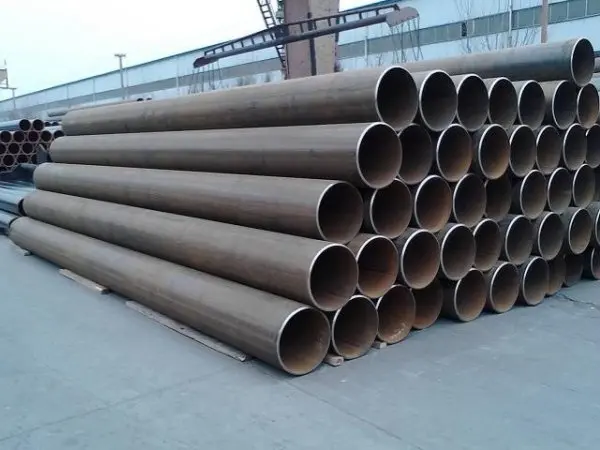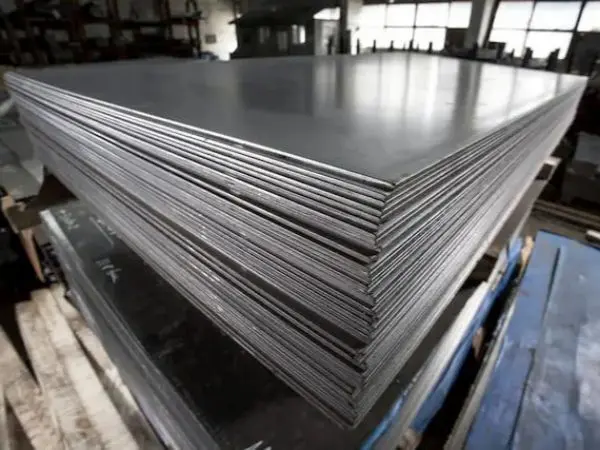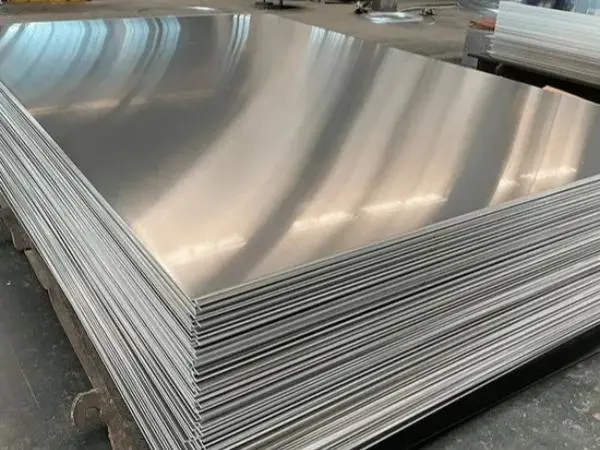- Phone0086 731 8564 8255
- E-mailsales@cscsteel-manufacturing.com
-

Quenching cracks in industrial seamless steel pipes are defects that occur due to stress-induced cracking during the quenching process when the internal stress within the material surpasses its fracture strength. The underlying cause of quenching cracks is complex, with internal stress forming during quenching, characterized by tensile stress. These cracks are closely related to the material’s martensitic transformation, which generates excessive stress. The chemical composition of the steel, especially the carbon (C) content and alloy elements, plays a crucial role. Generally, higher carbon content increases the likelihood of cracking. It is widely accepted that quenching cracks do not occur when the carbon content (w(C)) is 0.2% or lower. External factors such as quenching cooling methods and the surface quality of steel pipes can also contribute to quenching cracks.
To prevent quenching cracks, various measures can be implemented based on potential contributing factors.
1. Preventive Measures for Surface Defect-Induced Quenching Cracks:
For quenching cracks caused by stress concentration due to surface defects, it is essential to improve the surface quality of the rolled pipe. Reducing macro defects and sudden shape changes in the material helps minimize localized stress concentrations, thereby lowering the risk of cracking.
2. Preventive Measures for Stress-Cracking Quenching Cracks:
Reducing the cooling rate during quenching can alleviate residual stress by lowering the structural stress generated during martensitic transformation. Ensuring a controlled gradient between the inner and outer walls of the steel pipe during the transformation process is key. This can be achieved by reducing the cooling water flow rate while maintaining the required cooling rate (50-60°C/s) to achieve a martensitic structure. A combined cooling method of internal spray cooling and delayed external shower cooling can be employed. The delay allows the martensitic transformation to complete in the inner wall of the steel pipe, generating compressive stress around the pipe, which helps reduce or eliminate quenching cracks by inducing residual compressive stress in the pipe's circumferential direction.
3. Preventive Measures for Surface Carburization-Induced Quenching Cracks:
To prevent quenching cracks caused by surface carburization, it is important to control the slag conditions during the manufacturing process. Increasing the viscosity of the protective slag, reducing slag consumption, and thickening the liquid slag layer can help prevent surface fluctuations of molten steel. The higher viscosity slows down carbon diffusion from the slag to the molten steel. Adding oxidizing agents (such as MnO₂) to the slag promotes the oxidation of carbon in the slag, effectively reducing the carbon content in the enriched layer and the slag. Alternatively, using carbon-free protective slag can help mitigate the risk of surface carburization-related cracks.
4. Preventive Measures for Quenching Cracks in Crack-Sensitive Steels:
For steels that are highly sensitive to cracking, adjusting the steel composition can improve resistance to quenching cracks. This involves reducing the carbon content, refining the grain structure, and enhancing crack propagation resistance. In water-quenched steels, controlling the mass fractions of carbon and manganese (Mn) is critical. To avoid cracking during water quenching, oil quenching can be used as an alternative. For high-carbon and high-manganese steels, lowering the quenching temperature and cooling rate can further reduce the risk of quenching cracks.
By understanding the factors contributing to quenching cracks and implementing appropriate preventive measures, the likelihood of cracking during quenching can be significantly minimized, improving the quality and durability of steel products.




